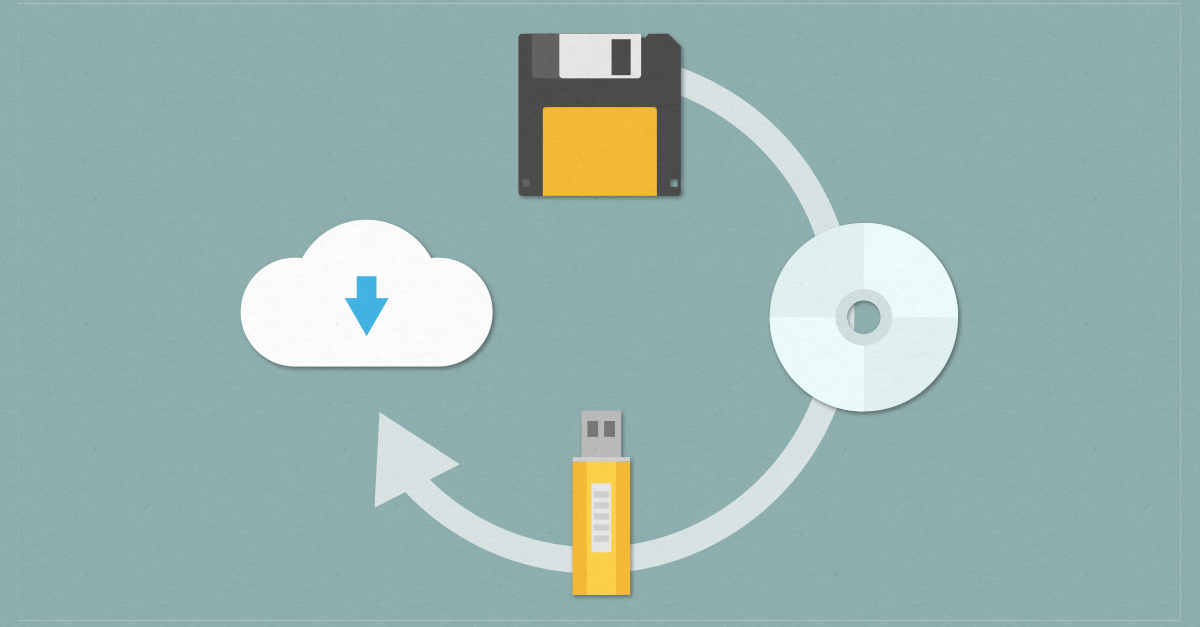Microsoft describe digital transformation as ‘bringing together people, data and processes'
Microsoft describe digital transformation as ‘bringing together people, data and processes – disrupting technology to transform your company and create value for your customers.’
Salesforce, however, depict it as ‘the process of using digital technologies to create new — or modify existing — business processes, culture, and customer experiences to meet changing business and market requirements. This reimagining of business in the digital age is digital transformation.’
In my opinion, ‘digital transformation is the latest (possibly not greatest) work of IT industry marketing departments.’
A Long History
The bottom line is that digital transformation isn’t a ‘thing’ and isn’t new. Businesses have been using technology to change what they do and improve how they do it since the first commercial computers arrived on the scene in the late 1960’s.
Each new generation of computing, from mainframe to Unix to PC, SQL and now cloud, has made new capabilities accessible to many more businesses. These new capabilities have accelerated the rate at which organisations drive a return on the associated investment, by being more quickly deployable to many more users and/or enabling more business processes to become more efficient.
"Companies have been digitally transforming for years and, rather obviously, need to continue to do so, seizing every new opportunity that technology represents."
Right Now
What’s really interesting about this moment in our history is the speed at which businesses have had to adopt new technology. We were ambling along at a somewhat pedestrian rate and then BANG! COVID-19 hit.
In November 2019 Microsoft reported 20 million active daily users of Teams. By March that number had grown to 44m. In April – 71m. As Satya Nadella put it: “We’ve seen 2 years of digital transformation within the last two months.”
COVID-19 forced many employees to change where they work. Many businesses who had resisted homeworking were forced to make it possible and found that their people did even more work. COVID-19 also forced consumers to change how they buy. Many businesses who had been both retail and online suddenly found themselves running an online only business – and did better as a result.
Some COVID-19 related changes may be temporary. Others might be more permanent… amongst them the reputation of the IT industry. The extent to which companies like Microsoft and Zoom were able to scale up – and the way they chose to make their technology available – was a credit to their businesses and the industry as a whole. As a result, businesses might be willing to spend a bit more time cutting through IT industry marketing hype to really understand what technology can do to make their businesses more agile and productive.
Next Steps
Companies have been digitally transforming for years and, rather obviously, need to continue to do so, seizing every new opportunity that technology represents. On that basis the latest calls to action regarding ‘digital transformation’ may not be that helpful. We need to think about the process in terms of more tangible outcomes.
‘Handsfree’ is one word that we might use. I’d suggest that every company should seek to go work this way. If any transaction requires more than one touch, there has to be a good reason why.
‘Liberate’ might be another. Too many staff are tied up administering inefficient business processes. We need to liberate that resource and apply it to tasks that add value.
Get one of the employees you trust, someone who really knows your business (i.e. not an external consultant) to draw your key business processes – the things you need to do to fulfil an order, make a payment. If it looks inefficient, then it is inefficient. Find a Partner to help you redraw the process and understand how technology could be used to support the new process completely.
Which Partner?
Find one that has depth and breadth – people that you and your team like working with and whose expertise can add value to your internal discussion.
Which Technology?
The one that the Partner recommends. I’m not suggesting that you suspend all due diligence on this subject – the technology vendor needs to be mainstream and credible – but your choice of Partner will have a much bigger bearing in the success of any project than the choice of technology.
Learn more about the ERP services we offer here.






.png)